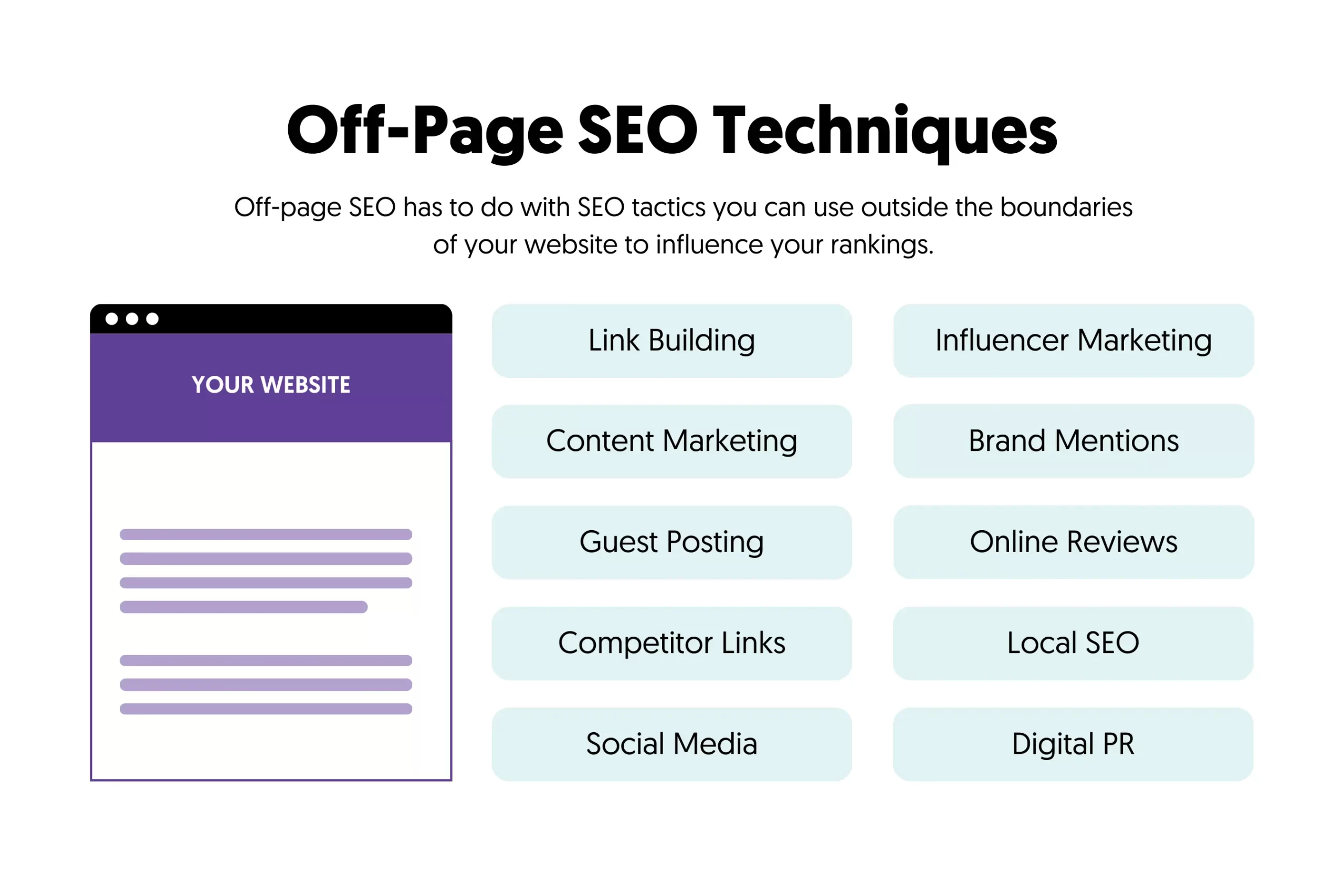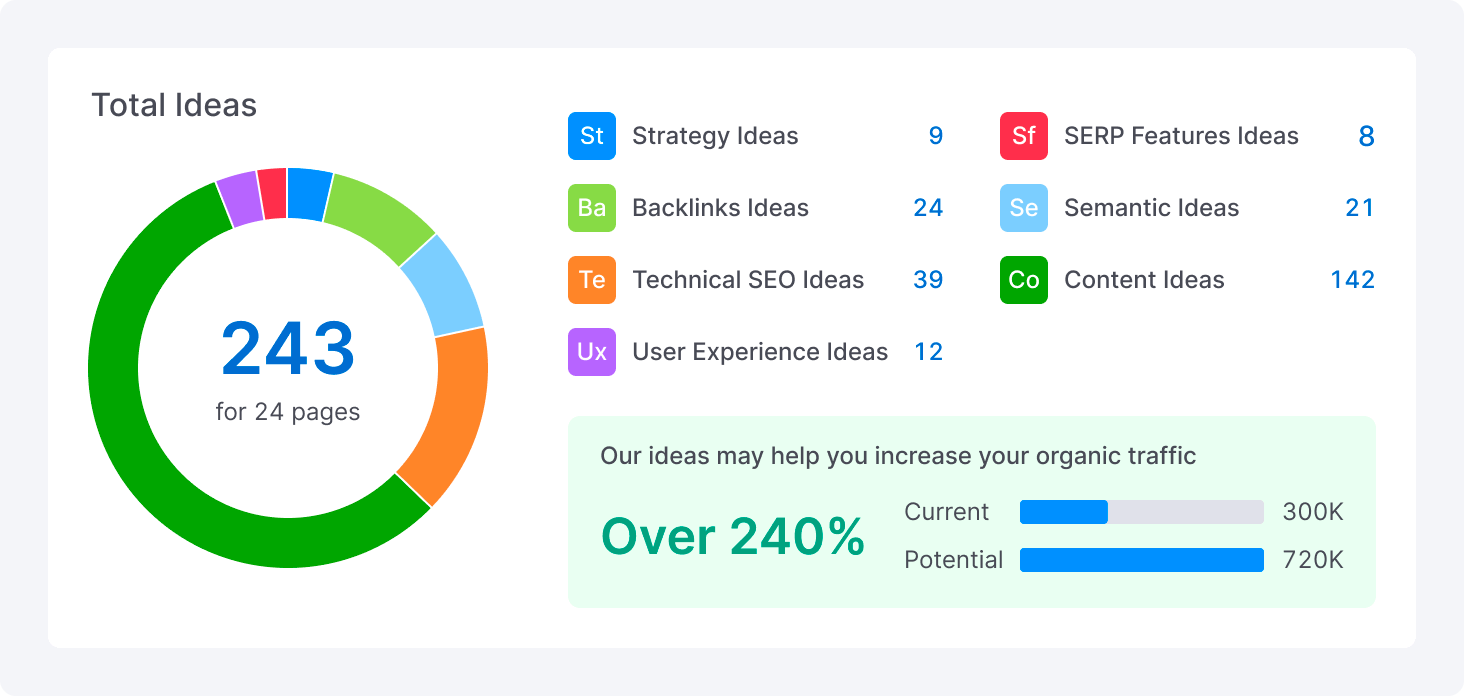Navigating the Unknown: Non-default Mediums in Google Analytics and SEO
Navigating the Unknown: Non-default Mediums in Google Analytics and SEO
Blog Article
Introducing the Unconventional Mediums in Google Analytics Beyond Default Settings
In the realm of digital analytics, Google Analytics stands as a cornerstone for organizations looking for to comprehend their online presence. By venturing past the surface area and diving right into the ins and outs of social media data, email project performance, referral website traffic resources, direct traffic patterns, and personalized network collections, a treasure chest of info awaits those eager to accept a more nuanced strategy.

Leveraging Social Media Site Insights
Occasionally neglected, yet greatly important, is the technique of leveraging social media insights within the world of Google Analytics. By incorporating data from platforms like Facebook, Twitter, Instagram, and LinkedIn right into Google Analytics, businesses can acquire a much deeper understanding of their target market and the effectiveness of their social networks projects.
Via this integration, marketing professionals can track and evaluate customer behavior on their site that originates from social media sites systems. They can identify which social media channels are driving the most traffic, which material is reverberating with the target market, and which projects are transforming one of the most leads. This insight allows for data-driven decisions to optimize social networks methods and enhance general advertising and marketing efficiency.
In addition, by incorporating social media understandings with Google Analytics, businesses can create more targeted and personalized campaigns - what is not considered a default medium in google analytics. They can make use of group details, passions, and on-line actions collected from social networks to fine-tune their audience segmentation and deliver customized messages that reverberate with certain client groups. This targeted method can cause higher engagement, increased conversions, and inevitably, boosted return on financial investment
Discovering Email Campaign Efficiency
Revealing Email Project Performance involves analyzing vital metrics and efficiency signs to evaluate the performance of e-mail advertising efforts. When diving into email project performance, it is essential to assess metrics such as open prices, click-through rates, conversion prices, and unsubscribe prices. Open prices suggest the percentage of receivers who opened up the email, providing understanding into the performance of subject lines and sender names. Click-through rates measure the percent of recipients that clicked on web links within the e-mail, revealing interaction levels. Conversion prices track the percentage of receivers who finished a desired activity after clicking on a web link in the e-mail, such as signing or making an acquisition up for a newsletter. Unsubscribe prices highlight the number of recipients who opted out of receiving more emails, shedding light on e-mail material top quality and relevance. By analyzing these metrics, online marketers can adjust their e-mail campaigns for far better interaction and performance.
Analyzing Reference Web Traffic Sources
After evaluating the performance of e-mail projects through crucial metrics such as open rates and conversion rates, the following essential step is examining reference web traffic sources in Google Analytics to comprehend where site site visitors are originating from and how they communicate with the site. Referral traffic sources refer to the websites that direct users to your site through clickable links. By diving right into this information, companies can gain insights into which external systems are driving web traffic to their site, whether it be social networks platforms, partner web sites, or on the internet directories.
It helps services determine high-performing recommendation sources that add dramatically to site traffic and conversions. Google Analytics provides detailed reports on referral website traffic, allowing companies to track the efficiency of each recommendation resource properly and make data-driven choices to improve More hints their online existence.
Discovering Direct Traffic Patterns
Discovering the straight website traffic patterns in Google Analytics provides important understandings into individual actions and the efficiency of campaigns - what is not considered a default medium in google analytics. Straight web traffic describes visitors who arrive on a website by directly typing the link into their web browser, using book markings, or clicking on untagged web links. Understanding straight website traffic patterns can assist marketing experts assess the impact of offline advertising efforts, brand acknowledgment, and the effectiveness of word-of-mouth recommendations
By delving into direct traffic data, companies can discover essential details regarding customer intent and brand name loyalty. Examining the actions of straight visitors, such as the web pages they see, the time invested on site, and the conversion rate, can offer a deeper understanding of individual engagement and the general effectiveness of the site in converting visitors right into consumers.
Furthermore, tracking straight website traffic patterns gradually permits companies to determine patterns, seasonality effects, and the success of certain projects or promotions in driving direct check outs. This details can then be made use of to refine marketing strategies, optimize web site content, and boost the total customer experience to make best use of conversions.
Making Use Of Custom Channel Groupings
Making use of custom-made network groupings in Google Analytics her latest blog allows organizations to classify and evaluate their website web traffic based upon particular standards, giving important insights for maximizing marketing approaches. Custom-made channel groups enable companies to create their own customized groupings of website traffic resources, such as social networks, organic search, e-mail projects, and referral traffic. By defining these collections, organizations can acquire a deeper understanding of how different marketing networks contribute to their website web traffic and conversions.
This attribute is specifically useful for businesses with diverse advertising and marketing approaches throughout various platforms. As an example, a business running both paid and organic social media projects can separate in between the 2 to evaluate their specific efficiency accurately. Additionally, custom channel groupings can assist recognize any neglected or underestimated website traffic sources that might be driving beneficial involvement.
Final Thought

By venturing beyond the surface and diving right into the ins and outs of social media information, email project efficiency, recommendation website traffic resources, direct website traffic patterns, and custom channel groups, a treasure chest of information awaits those prepared to embrace a much more nuanced technique. They can find out here now identify which social media channels are driving the most traffic, which web content is reverberating with the audience, and which projects are converting the most leads.After reviewing the performance of e-mail campaigns via crucial metrics such as open rates and conversion rates, the following crucial step is analyzing referral web traffic resources in Google Analytics to understand where website site visitors are coming from and just how they communicate with the website. Customized network collections enable companies to develop their very own personalized groups of website traffic sources, such as social media, natural search, e-mail campaigns, and recommendation traffic. By leveraging social media insights, discovering email campaign performance, assessing reference traffic resources, exploring straight traffic patterns, and utilizing customized channel collections, online marketers can get valuable insights right into their online visibility.
Report this page